Scientists have achieved new results by applying 3D printing technology to titanium alloys, doubling the material's strength and expanding its potential applications in aerospace.
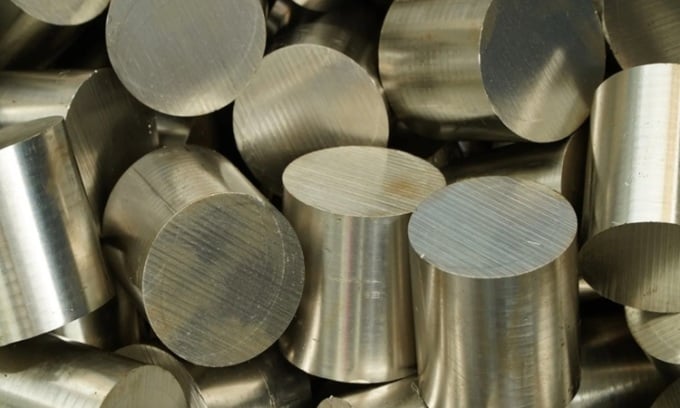
New titanium alloy has record-high fatigue strength. Photo: iStock
The Chinese Academy of Sciences (CAS) detailed the achievement in a study published in the journal Nature on February 28. The research was the result of a collaboration between scientists Zhang Zhenjun and Zhang Zhefeng from the Shenyang Laboratory of Materials Science of the Institute of Materials Research of CAS and Robert Ritchie of the University of California, Berkeley. According to the paper, the research idea was born in China and the material samples were also created there. Ritchie participated in the review process.
Although 3D printing has revolutionized manufacturing, its use is limited to the fabrication of parts that require high fatigue resistance. Fatigue strength or fatigue resistance is the ability of a machine part to resist fatigue damage such as gear pitting and surface cracking.
Metal 3D printing, which uses lasers to melt metal powder and layer it into complex shapes in a short amount of time, is perfect for quickly manufacturing large, complex components. However, the high heat generated by the powerful laser beams typically used during printing can lead to the formation of air pockets within the part, which can affect the performance of the alloy. These small pockets can become a source of stress, leading to premature cracking, which reduces the fatigue life of the material.
To solve this problem, the team decided to produce a titanium alloy without pores. They developed a process using Ti-6Al-4V, a titanium-aluminum-vanadium alloy, that achieved the highest fatigue strength of any known titanium alloy. According to Zhang Zhenjun, the process begins with a hot isothermal pressing operation to remove the pores, followed by rapid cooling before any changes in the internal structure of the alloy can occur. The process produced a porous alloy with a 106% increase in tensile fatigue strength, from the standard 475 MPa to 978 MPa, setting a world record.
Zhang Zhenjun said the achievement holds promise for applications in industries that require lightweight materials, such as aerospace and new-energy vehicles. So far, the material has only been produced on a prototype scale, which is dumbbell-shaped with the thinnest part measuring 3 mm, too small for practical applications. Although the technology is still in the experimental stage, it has great potential for manufacturing complex devices.
According to CAS, many aerospace parts, including the nozzle on NASA rockets, the airframe of the J-20 fighter jet, and the fuel nozzle on China's C919 aircraft, have been created using 3D printing technology. With the ability to scale up in the future, the new technology will be applied more widely.
An Khang (According to Tech Times )
Source link


![[Photo] Promoting friendship, solidarity and cooperation between the armies and people of the two countries](https://vstatic.vietnam.vn/vietnam/resource/IMAGE/2025/4/17/0c4d087864f14092aed77252590b6bae)
![[Photo] Closing of the 4th Summit of the Partnership for Green Growth and the Global Goals](https://vstatic.vietnam.vn/vietnam/resource/IMAGE/2025/4/17/c0a0df9852c84e58be0a8b939189c85a)
![[Photo] National Assembly Chairman Tran Thanh Man meets with outstanding workers in the oil and gas industry](https://vstatic.vietnam.vn/vietnam/resource/IMAGE/2025/4/17/1d0de4026b75434ab34279624db7ee4a)

![[Photo] General Secretary To Lam receives French Ambassador to Vietnam Olivier Brochet](https://vstatic.vietnam.vn/vietnam/resource/IMAGE/2025/4/17/49224f0f12e84b66a73b17eb251f7278)
![[Photo] Nhan Dan Newspaper announces the project "Love Vietnam so much"](https://vstatic.vietnam.vn/vietnam/resource/IMAGE/2025/4/17/362f882012d3432783fc92fab1b3e980)
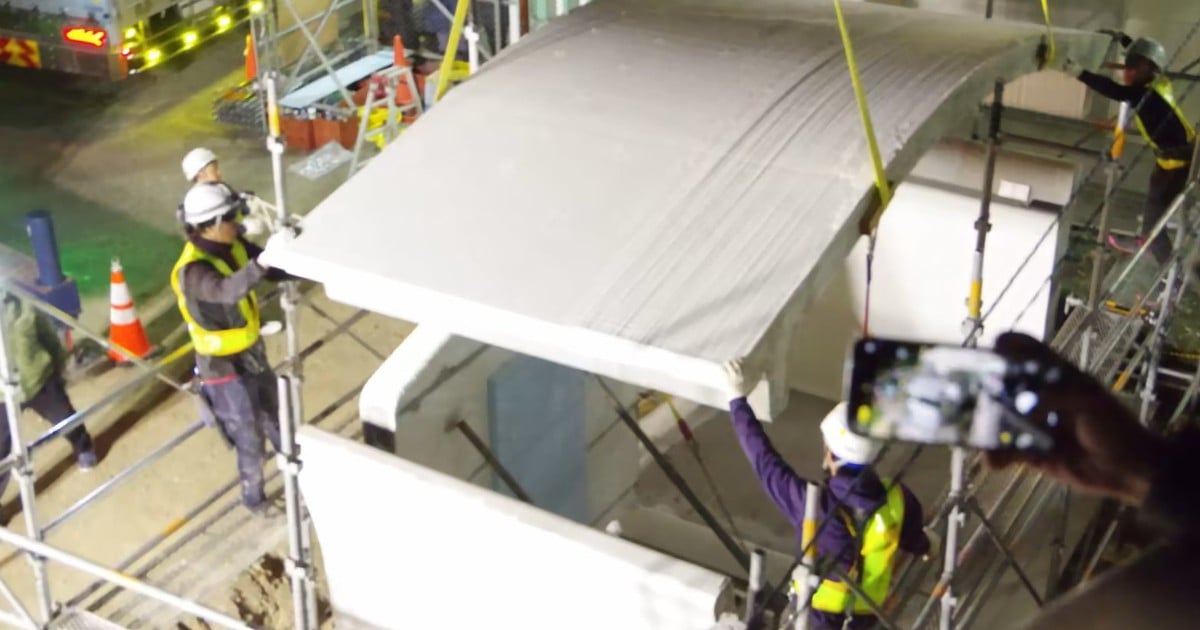



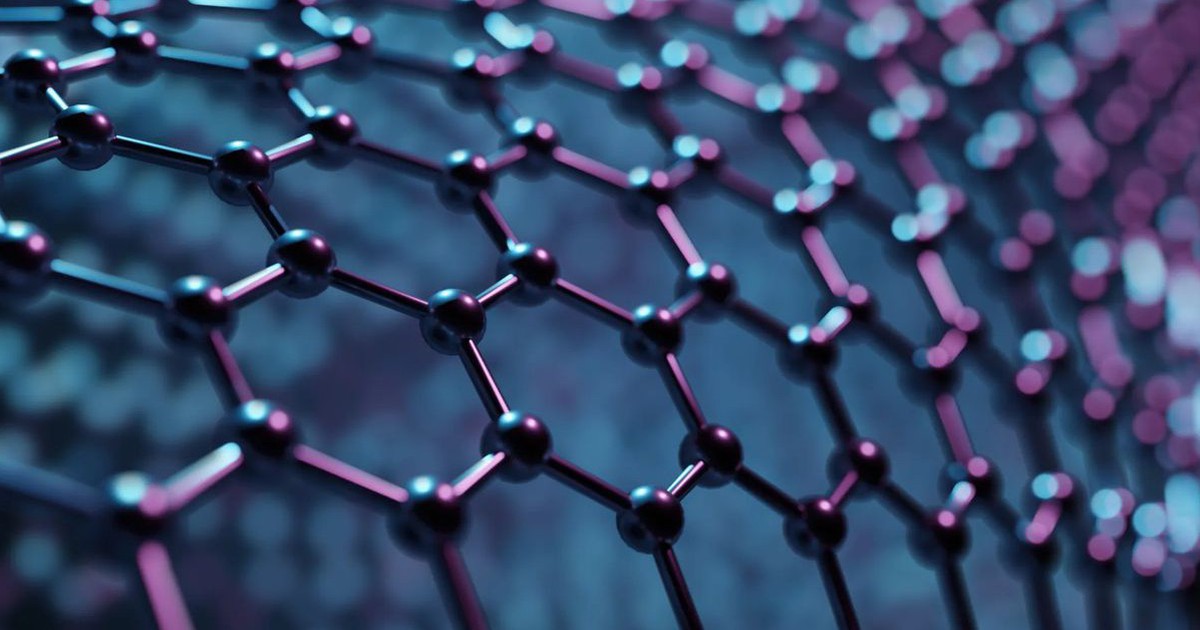
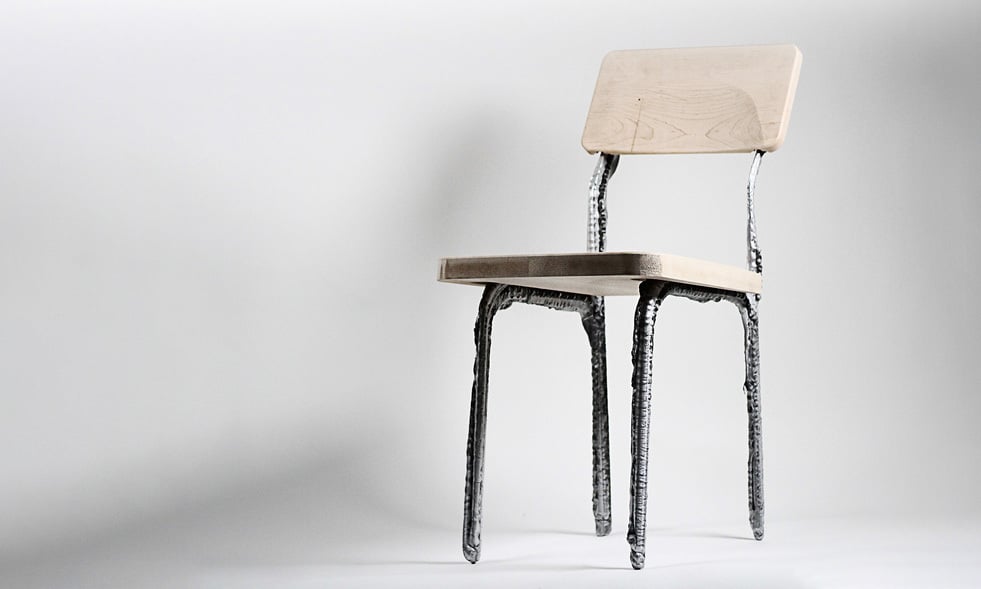


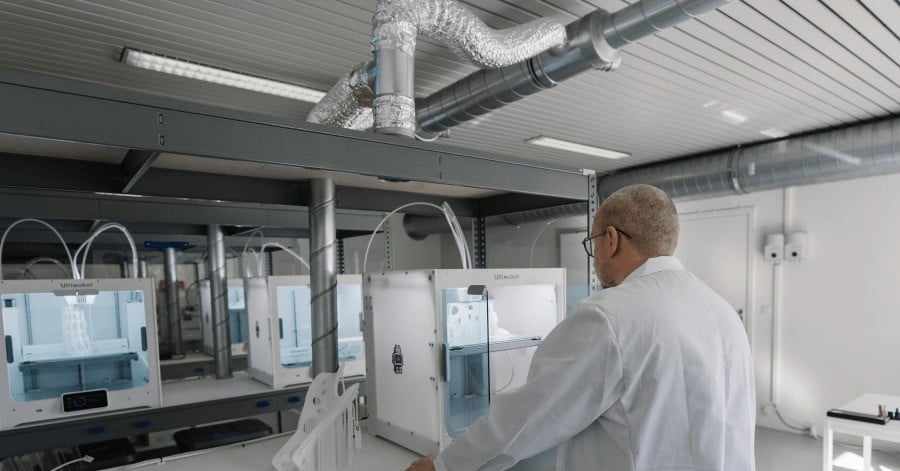





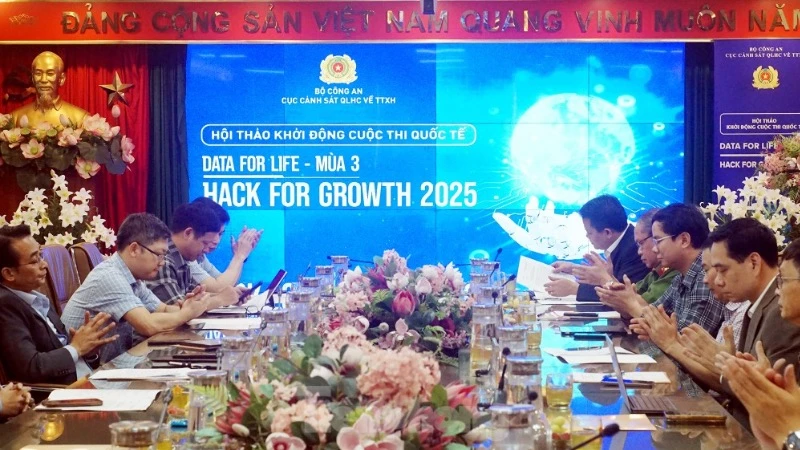










![[Photo] Welcoming ceremony for Chinese Defense Minister and delegation for friendship exchange](https://vstatic.vietnam.vn/vietnam/resource/IMAGE/2025/4/17/fadd533046594e5cacbb28de4c4d5655)




















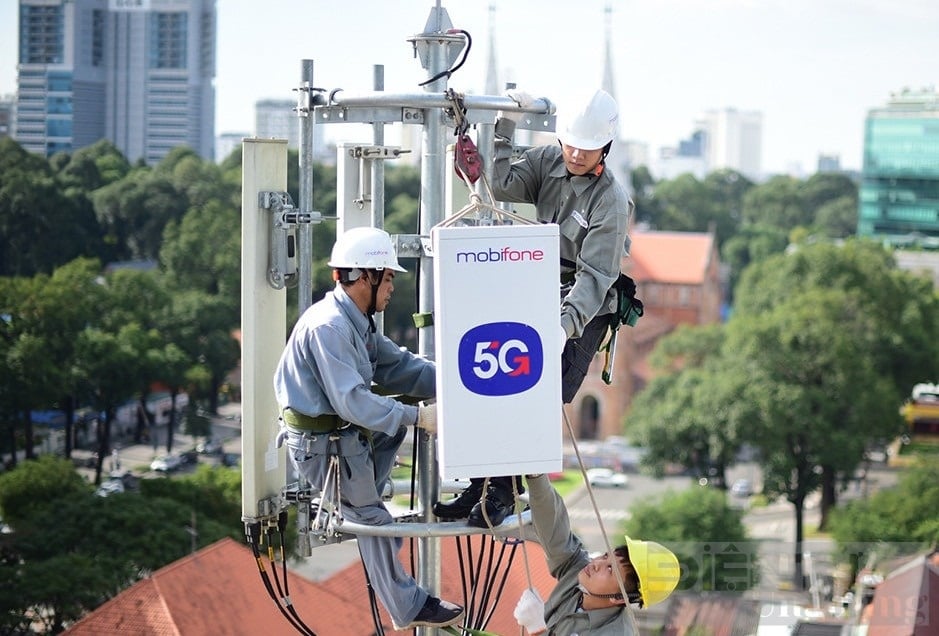





![[Video] Viettel officially puts into operation the largest submarine optical cable line in Vietnam](https://vstatic.vietnam.vn/vietnam/resource/IMAGE/2025/4/17/f19008c6010c4a538cc422cb791ca0a1)

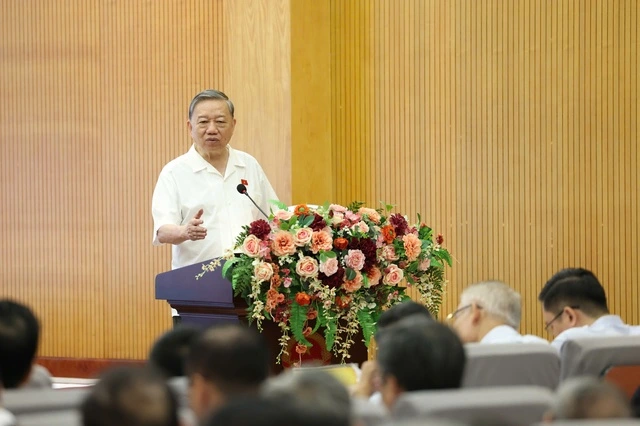






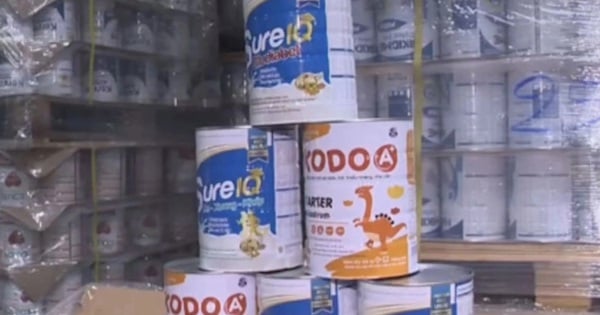

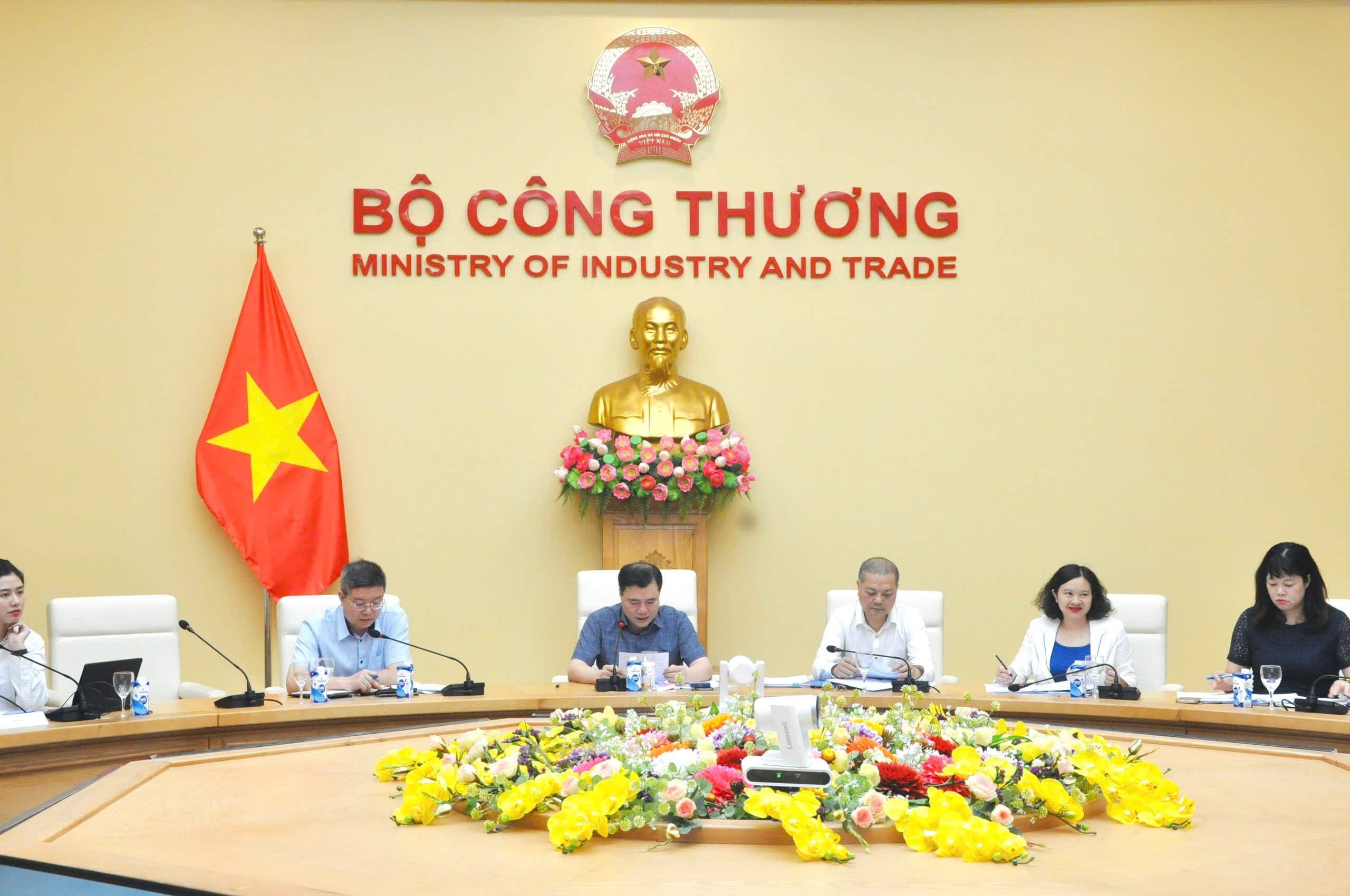

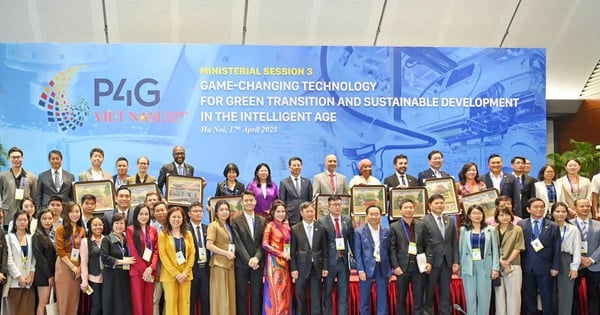



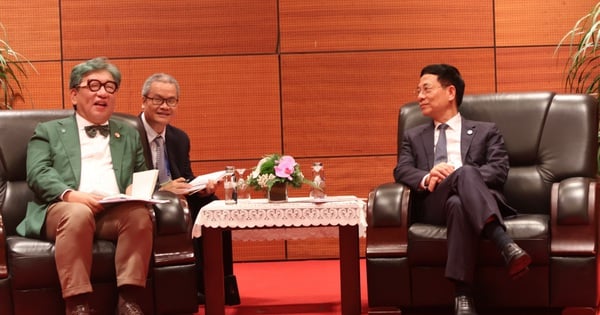










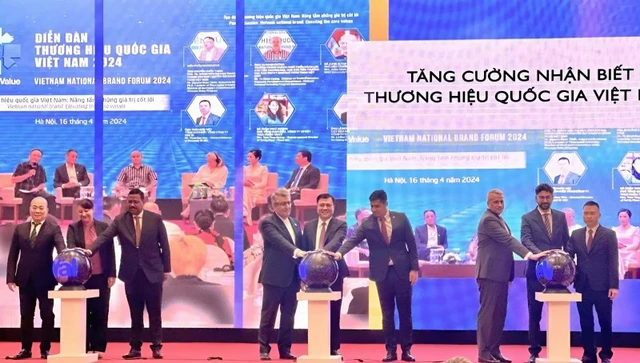



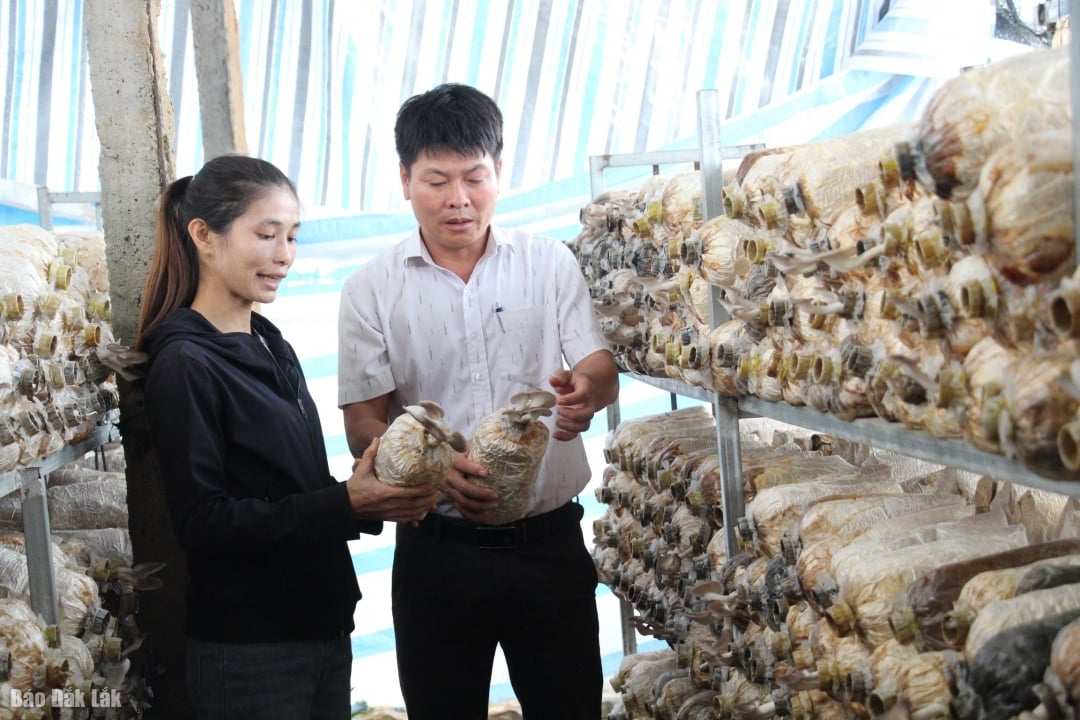
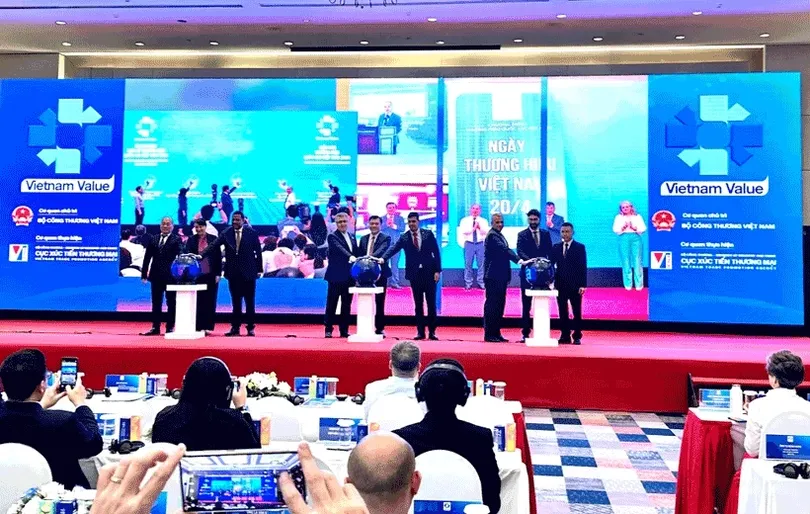



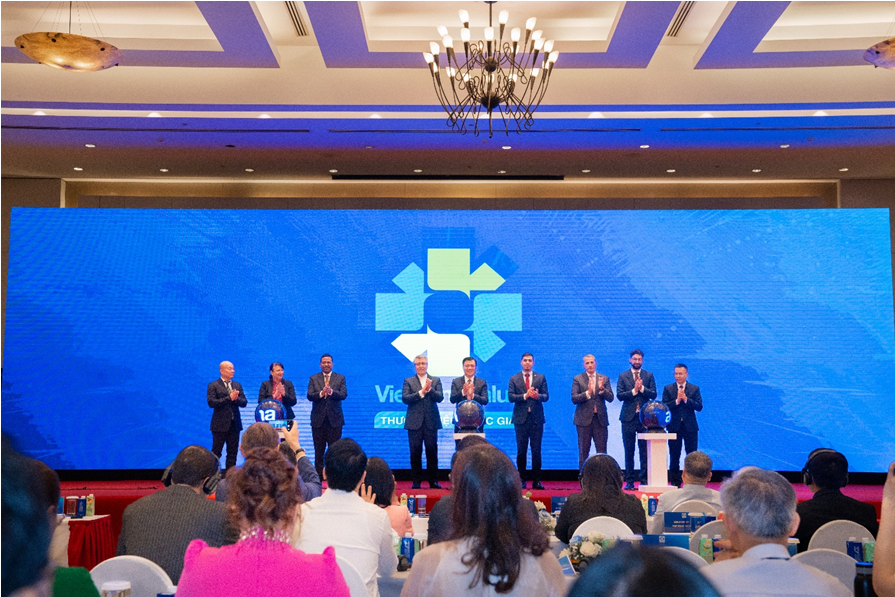
Comment (0)